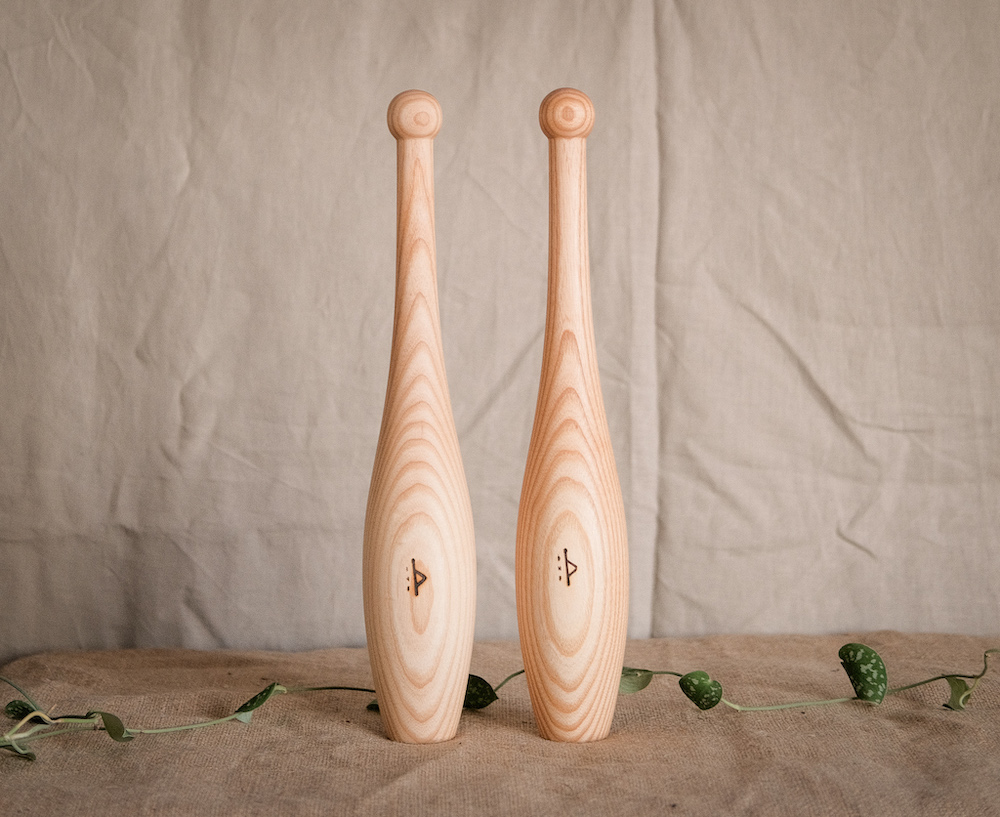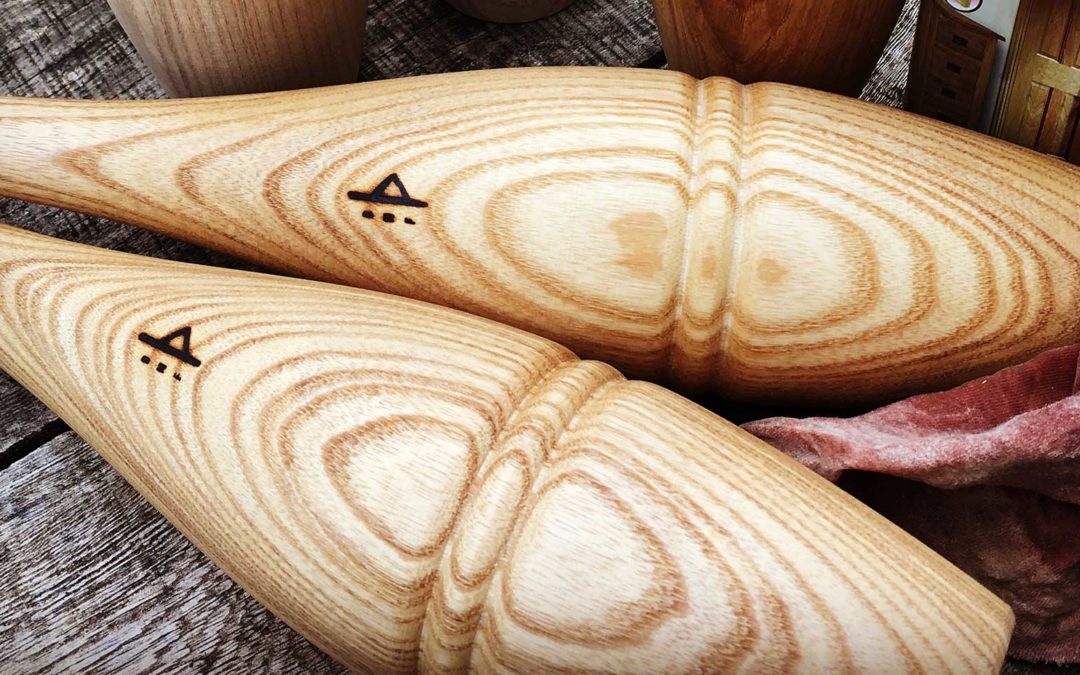One of the most common questions I get asked, is “what size Indian club should I start with?”
Whether you’re a runner, a yogi or an olympic lifter, the answer is the same for everyone. But before we dive in, let’s go back to the origins of Indian club swinging, and their original purpose…
Indian clubs have been made in all sorts of shapes, weights and sizes for hundreds if not thousands of years, but the most common shape used today tends to be the “standard Indian club.” The standard Indian club shape is based on the classic military shape developed in the mid 1800s, after British troops stationed in India observed the practice of swinging heavy wooden clubs, and started incorporating it into their own fitness regime. The classic military club was a relatively lightweight club, designed for improving mobility, agility, posture, rhythm and grip strength. A totally different experience compared to Persian meels, Indian joris and mudgar club practices.

Pictured above: our 1.1kg standard Indian clubs in ash and sapele
The first pair of clubs I practiced with were based on the standard Indian club shape, weighing about 1kg each. At the time (about 10 years ago now!), Indian club swinging was in the early days of its resurgence, there were not many clubs available, and it was fairly normal to start learning moves using 1kg clubs (2.2lbs). However, had I known a bit more about the practice, I would have started with a lighter pair without question.

Pictured above: our 600g starter Indian clubs in ash
Why start light?
- For the most part, this style of light club swinging (using standard Indian clubs) is not about building muscle mass and making big strength gains. Indian club swinging is a practice designed to build more subtle strength in the fingers and wrist, whilst conditioning and building flexibility in the wrists, elbows and shoulders.
- Start with clubs too heavy, and your swings could end up being counter productive. I have seen so many people pick up a 1kg club before developing proper form, who then end up squeezing the club far too hard. This in turn locks up the wrist, preventing proper mobility and form.
- Whilst it is completely normal to swing 1kg clubs, starting with lighter clubs (ideally weighing from 300-600g) allows you to start safely practice movements, build finger strength, develop range of motion in the wrist, elbow and shoulders and learn breathing patterns without compromising form. Only once you have consolidated movements through repetition, built a solid foundation of strength, mobility and good technique, should you consider swinging a heavier club.
- Don’t forget that Indian clubs are not dumbbells! While 1kg may not feel like much at all, when weight is shifted further from the body (on the end of a club) and swung in a circular motion, torque is generated through this leverage, creating a greater amount of resistance the longer the club is.
- Whilst it may seem frustrating to start with a lighter club only to then replace it with something heavier, there are plenty of people out there who actually prefer swinging lighter clubs despite being highly experienced, and others who will always pick up a lighter pair of clubs if learning a new Indian club exercise.
- If you are new to Indian clubs, start light, start slow, and build a solid practice through consistency and good form.
Regardless of your strength, if you are new to Indian club swinging I would always recommend starting with a pair of clubs weighing between 300-600g each. See below for a list of our Indian clubs suitable for beginners. These clubs are also suitable for performing rehab exercises.
BMF beginner Indian clubs:
– 600g starter Indian clubs
– 300g ash teardrop Indian clubs
– 550g sapele teardrop Indian clubs
– 500g spalding ES1 beginner Indian clubs
Hope you found this blog useful, feel free to leave any questions below.


Comments 3